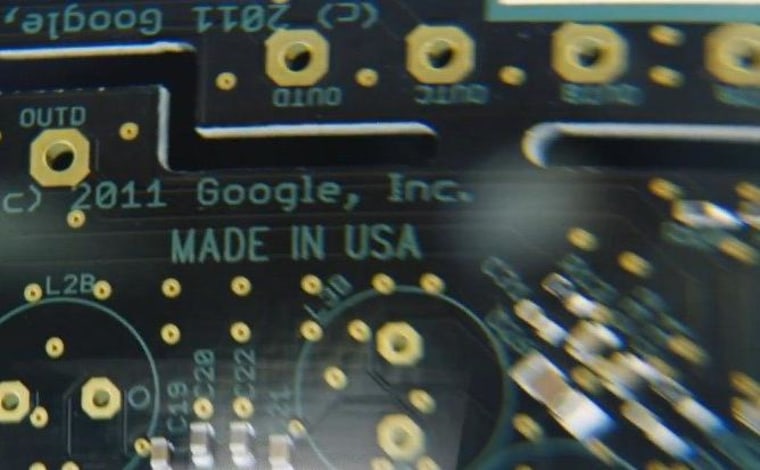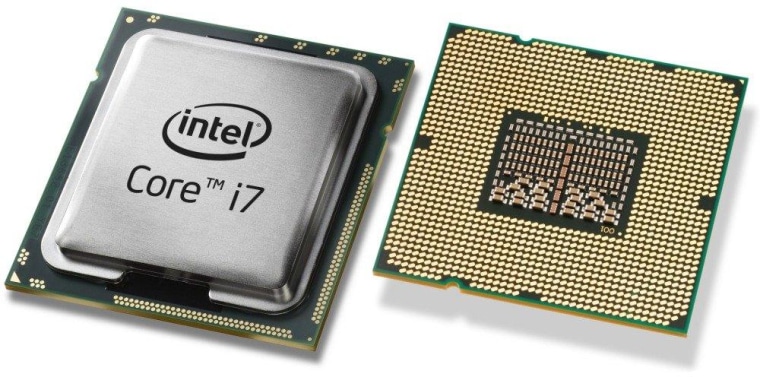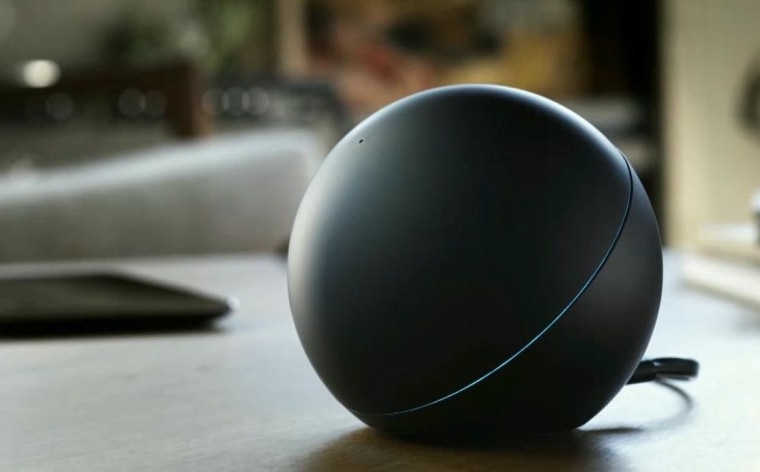
Mobile phones and computers have gotten so complex that, like cars and airplanes, it's nearly impossible to make all the parts, assemble them and package them together all in one place. Countries like China and Thailand have spent vast sums on factories focused on making only hard drives or LCD screens or custom screws. Few of these components, by contrast, are made in the USA. On the other hand, nearly every one of those screens and drives will be running an operating system from the USA, software developed in the USA, and accessing websites and services based in the USA.
That said, there are still some real world-class devices that really are being made in the USA.

While not nearly as high-profile as any big tech corporation, Makerbot Industries perhaps embodies the future of the industry more. It's a small New York-based company that makes the Replicator, a microwave-sized machine that can print out 3-D objects using plastic or a biodegradable corn-based material. The device's operational parts aren't American-made, but it's designed and hand-assembled here; they don't roll off a conveyor belt in Shenzhen ready to ship. And the whole idea of being able to make your own things instead of relying on a factory on the other side of the world embodies the local-manufacturing movement.
Makerbot founder Bre Pettis explained in an interview with TechCrunch: "This is hardware — it's not just artisanal, these people have pride in their work. We take a lot of pride in making this here in Brooklyn, and making it right."
It's a field with lots of competition, but Makerbot was among the first to bring the cost down to a level where ordinary people might think about getting one. At $1700, the device isn't cheap, but a few years ago, such systems cost ten times as much and required expertise and special software. Now you can download designs off the Internet and reproduce it as much as you want for pennies. How long before you can print a new fork or a case for your mobile phone?

Everyone, sooner or later, has to deal with Intel, the 900-pound gorilla of the tech industry, whose powerful processors run a vast majority of desktop and laptop PCs. They ship their chips all over the world, but the company has always been fiercely local when it comes to making them. It has nearly all its chip-fabrication plants here in the country; a new one started construction just this January in Arizona. The company employs over 100,000 people all over the world, but its business is clearly centered here, with billions going into R&D and new construction. They are also major investors in new technology companies, spending hundreds of millions to keep America on the cutting edge.
Intel's founder, Andy Grove, said that "Everything I’ve achieved in my career — and a lot of what Intel has achieved — were made possible by a climate of democracy, an economic climate and investment climate provided by the United States." The company has followed through on that sentiment, as the President pointed out during a recent visit to the Arizona construction site.
They face a challenge in that both Microsoft and Apple have begun using chips designed by ARM in Canada and manufactured overseas. Mobile phones and tablets overwhelmingly use these ARM chips, but Intel is fighting back by working on power-efficient chips that will work in smaller devices.

When you think of Google, you don't really think about manufacturing at all. They make online services, search algorithms, and hoard data, don't they? Yes, but they have been known to dabble in consumer electronics design, and have collaborated with companies like HTC to make mobile phones. But at their I/O developer conference this month, they announced something new and surprising: the Nexus Q, a streaming media device that was designed and manufactured right here in the states. As Google's Andy Rubin told the New York Times, "We've been absent for so long, we decided, 'why don't we try it and see what happens?' "
But it wasn't just a lark; Google had good reason to build the device here. They wanted to do it quick, and they wanted to do it right. Collaborating online and sending designers and engineers to China or Korea for weeks at a time is expensive, inefficient and ineffective. But if the factory is located just 15 minutes from Google's Mountain View headquarters (which it is), then they guessed that process of creating a device would be far easier (it was) and the quality of the device would be better (it is).
On top of these hardware examples, it is inarguable (and perhaps unnecessary to say) that the U.S. leads the world in software. A huge majority of computers and smartphones are running operating systems built by Apple, Microsoft or Google. Companies like Adobe and EA make applications and games that are used by hundreds of millions of people worldwide. And the vibrant startup community has produced such game-changing Web technologies as Twitter, Facebook and Instagram. We may not make the screws that hold the gadgets together, but we lead the world in making a reason for those gadgets to exist.
Devin Coldewey is a contributing writer for msnbc.com. His personal website is coldewey.cc.
More Digital Life:
- How to keep your cat off your computer keyboard
- Twitter helps find dog that took train to Dublin
- The ultimate guide to talking to any human